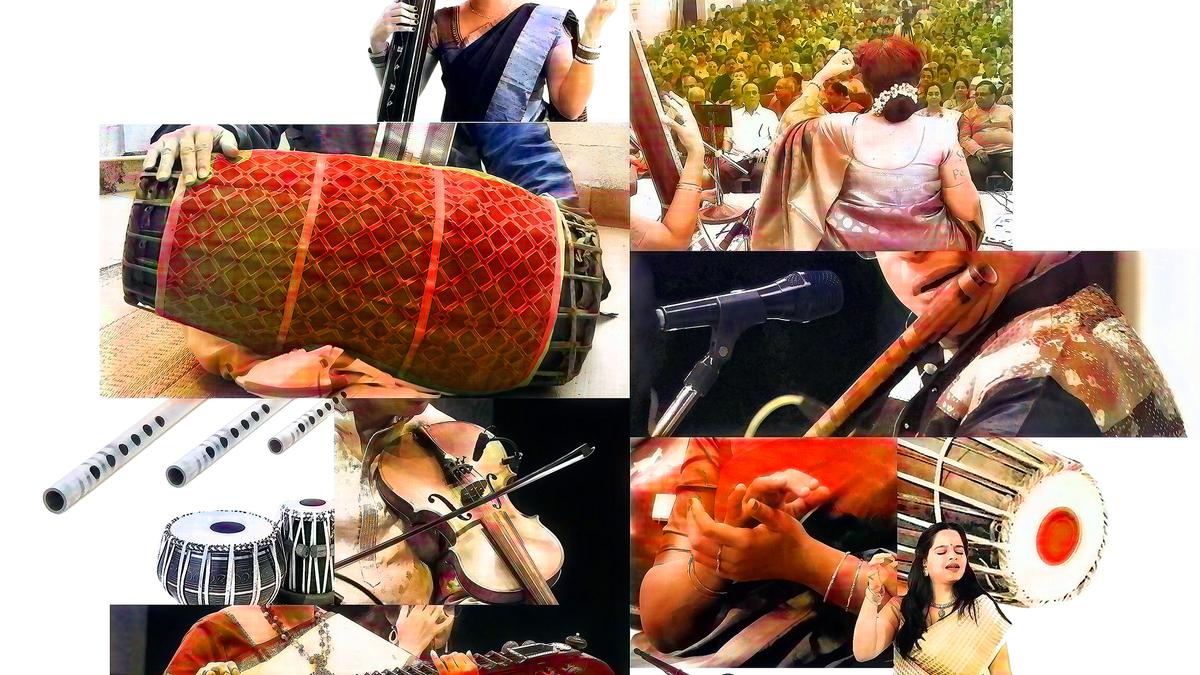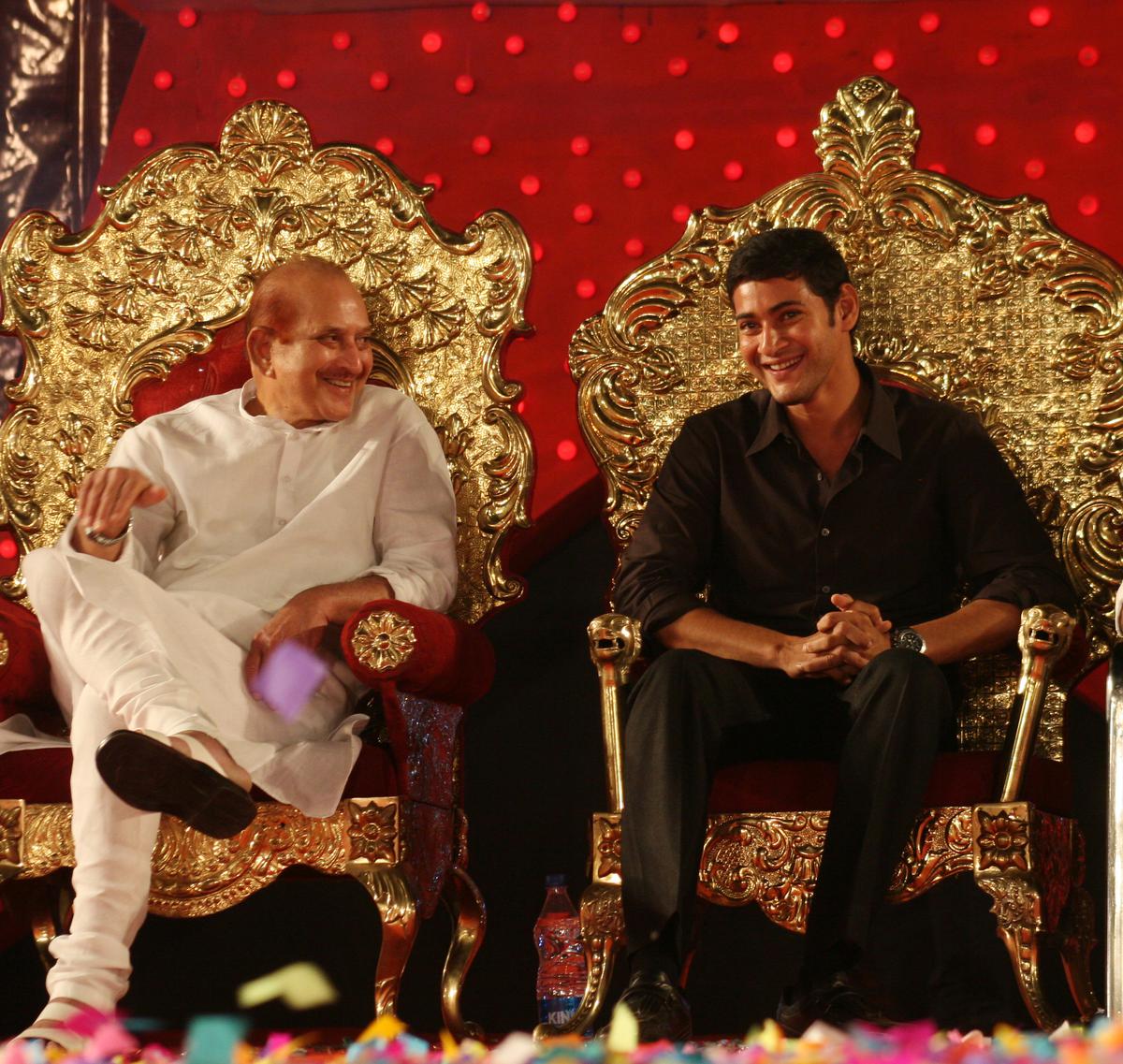In the late 1980s, when I was around 12 years old and trying to listen to every classical music concert in town, the often-heard lament was about declining audiences and that those who did attend were older people. The fear was that, once a few generations passed, the art form would fade away. The conservatives blamed western popular music and cinema for diluting the youth’s tastes. There were also worries that younger people were not taking to these arts as a profession.
I write this piece just as Chennai’s well-known December Music Season has concluded. Interestingly, even today articles are written around the same theme. Now, apart from popular culture, the reasons include social media and shortening attention spans. The lazy solutions offered have also not changed in over 30 years. The need to move with the times, simplify the music, and innovate is reiterated.
Surprisingly, however, classical music has survived, though the problem never seems to have gone away. If youngsters in the 1980s were not interested in classical music and nothing has changed until now, the art should have withered away. We should be speaking about it in the past tense and desperately trying to archive the last few practitioners. This has, in fact, happened to so many other art forms.
Classical art forms come with immense cultural capital and are patronised by the socio-cultural elite
| Photo Credit:
Getty Images/iStockphoto
Why hasn’t it happened here?
Classical art forms come with immense cultural capital and are patronised by the socio-cultural elite. Association with them is a sign of social status and the aspirational stairway to cultural superiority. This makes the classical an exclusive niche. Classical musicians may not be raking in the lakhs that their counterparts in the film industry make; yet they would want to be a member of this exclusive club that has respectability inbuilt into its membership smart card. When cultural activists and connoisseurs speak eloquently about the need to preserve and promote ‘our’ culture, it is code for ‘classical’. This ensures that there are always people on both sides of the stage and beyond in every generation who yearn for the flourishing of classical music.
Technology, the only change
In the area of promoting the classical arts, SPIC MACAY is the pioneer. Founded in 1977, the organisation today has chapters in innumerable colleges across the country and the world. Though their work includes art forms that are beyond the ‘classical’ description, their main thrust is indeed the classical. Built around that are yoga, meditation and other art forms.
I came into the world of classical music through the Youth Association for Classical Music, an initiative in Chennai that focused on providing a performance platform for artists below the age of 30 and taking Carnatic music to school children. As I said in one of my old interviews, we wanted to make Carnatic music cool.
Today, many other organisations claim to be taking classical music to the young and uninitiated. The description of their intent and method remains static; only the technology has changed. I can confidently say that none of these programmes have really resulted in any recognisable change in audience composition. It is still the same people from the same social cluster who arrive at concerts.
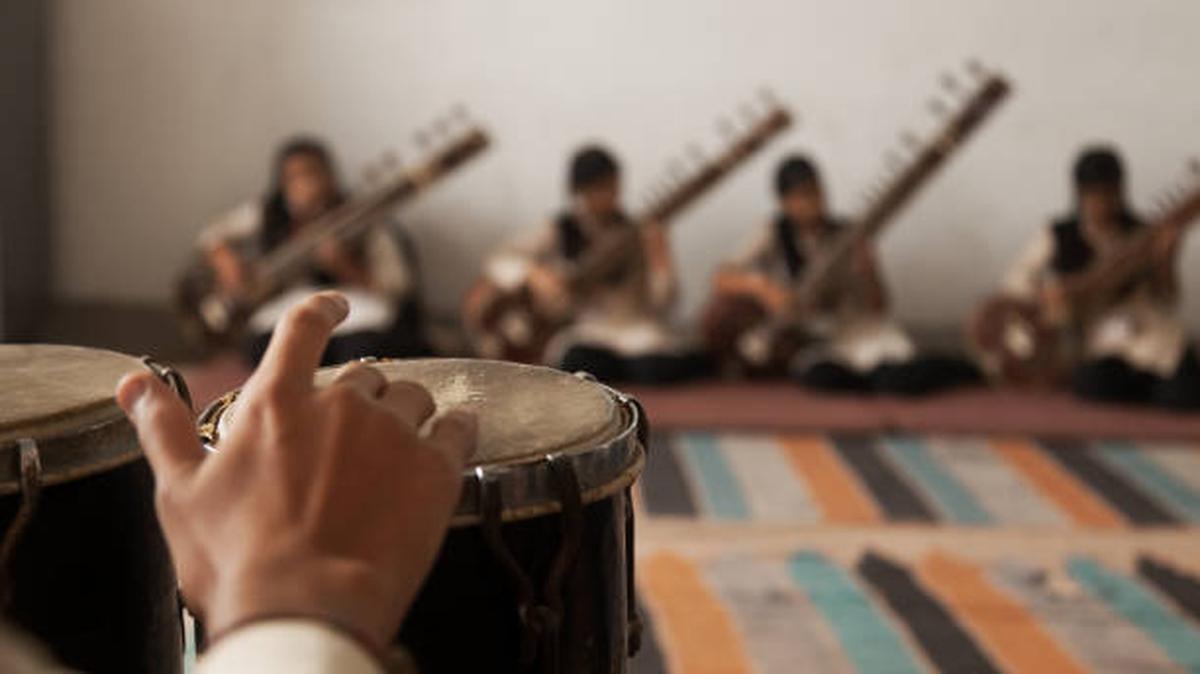
A band of high school musicians playing the sitar.
| Photo Credit:
Getty Images/iStockphoto
When we say, “We want classical music to reach a larger audience”, what we are actually saying is, “We want more people like us to appreciate these art forms.” In the Indian context, ‘us’ implies caste privilege. Those from the other side of the fence, who want to come in, have to become like the people inside.
While organisations speak of the need for classical music to reach a larger audience, there is very little introspection on the nature of the music or the people who participate in it. This entire exercise begins with the presumption that classical music is perfect in form, superior in content, and elevating in experience.
Where is the cultural commonality?
I distinctly remember the difference in attitude between presenting a Carnatic music out-reach programme at a private school filled with the caste-privileged, and one at a government school to children from diverse backgrounds. The former was much like to speaking to our own cousins, nephews and nieces. They had already acquired some basic understanding through their social environment and were used to our way of speaking, the jokes we cracked, and the music’s sound.
The latter were uncomfortable because there was no cultural commonality. Yet, we made no effort to change our mode of communication or bridge the gap by understanding or respecting their cultures. Instead, we were patronising and felt we were on a charity mission. This attitude during so-called classical music outreach programmes still continues.
Classical music’s problem, irrespective of whether it is Carnatic or Hindustani, lies in the culture that is built within and around it. Everyone invested in these musical forms refuses to look within and reflect on how the culture we exude is intimidating and fear inducing. A friend who attended a concert at a traditional venue told me about the othering he experienced. Somehow, people figured that he was not an ‘insider’. His social location was gauged and musical tastes interrogated and he was subtly informed of his place.
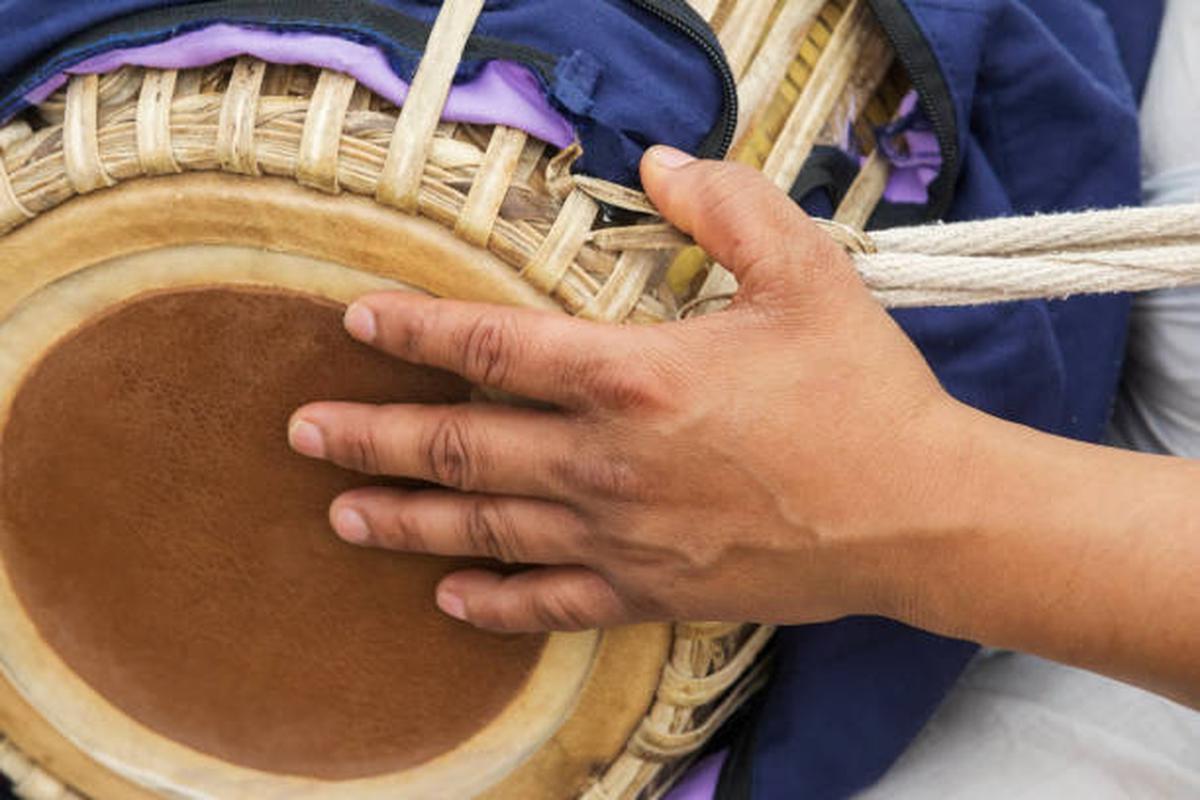
A man playing the dholak.
| Photo Credit:
Getty Images/iStockphoto
Caste and class overflow in every activity associated with classical music. If we speak of change, it has to begin with us. Classical musicians, audiences and impresarios have to go beyond their limited circles and experience life with humility. Only from this can any serious innovation or transformation emerge.
What, how and where we sing have to be altered. Indian classical music is raga music (though its use is not exclusive to the classical) and that is what really matters. Khyal, Dhrupad and Carnatic have specific methods to explore ragas, with and without textual and tala frameworks. Everything else is social construction that needs to be contested. This does not mean the old should be thrown out, but it cannot be the only tongue. Classical music has to speak of and to today.
The need for diversity on the stage is urgent. Unfortunately, those within this world refuse to acknowledge our discriminative nature. Don’t we know how women are discriminated in society? Is it all overt and obvious? Systems placed within our minds and the institutions that we govern have normalised caste, gender and class-based discrimination. They manifest in our body language, attitude, communication and judgement. Even those who belong to the classical community complain about the arrogance, a lack of transparency and unethical practices of organisers. Instead of addressing these serious systemic anomalies through proactive sensitive action, we keep mumbling about age demographies.
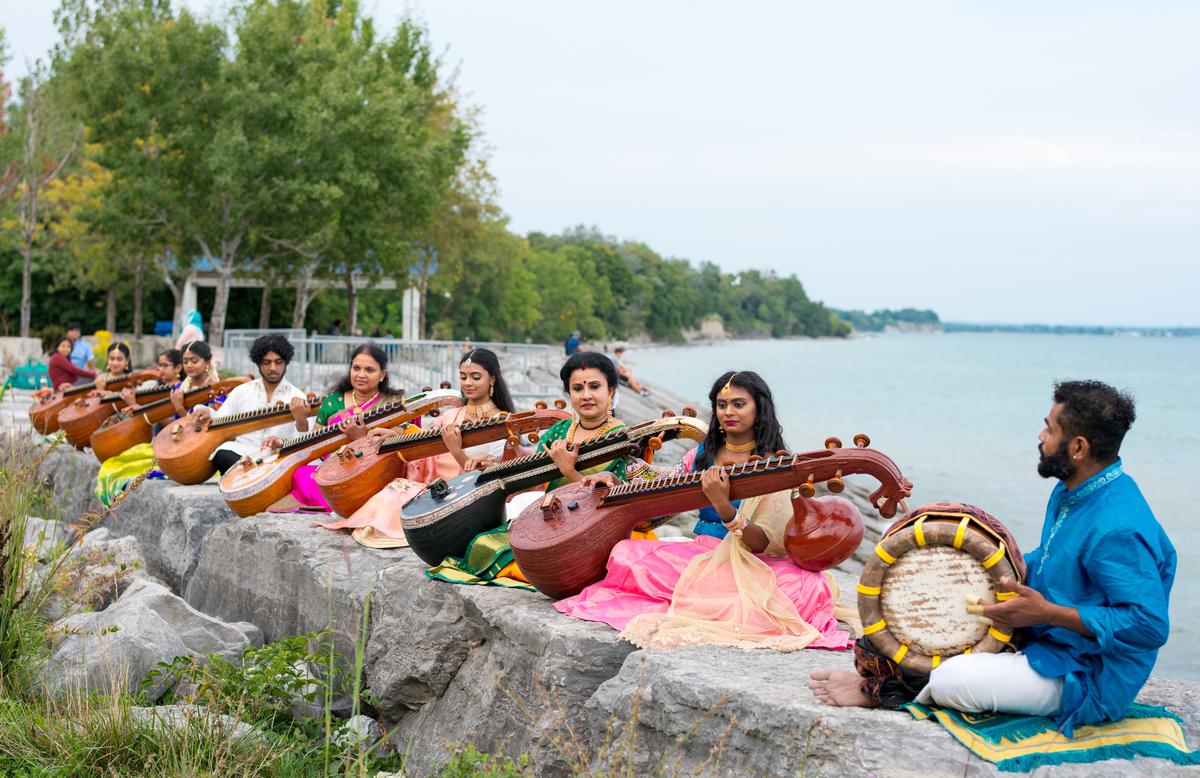
A group of performers play the veena.
| Photo Credit:
Getty Images
For its own aesthetic
Classical music is undeniably complex, but it is not the only one. There are many others where diverse members of society participate, irrespective of their caste, gender or economic status. So, the problem lies within us. Classical music cannot become ‘mass’ but it needs to reflect the diversity in Indian society. Today, when corporations insist on diversity in recruitment, it is time social diversity becomes an active action plan in classical music.
Classical music needs to widen its horizons not for the sake of society. It needs to do so for its own aesthetic enrichment. Democracy demands diversity in all fields of human activity so that a rainbow of multiple voices can emerge. But, classical music continues to remain an undemocratic space.
P.S. I have used the expression ‘classical’ only for reasons of clarity. I do not believe in the classification of art as classical and folk.
The writer is a singer, author, and activist.


